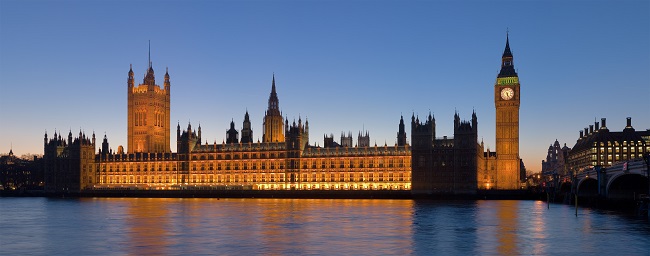UK borrowing hits over £34bn in December
The UK’s public sector net borrowing is estimated to have reached £34.1 billion in December 2020, £28.2bn more than in December 2019, which is both the highest December borrowing and the third-highest borrowing in any month since monthly records began in 1993.

According to the latest figures published by the Office for National Statistics (ONS), central government tax and national insurance receipts (combined) in the nine months-to-December 2020 fell by £39.6bn (or 7.8%) compared with the same period in 2019.
At the same time, government support for individuals and businesses during the pandemic contributed to an increase of £169.3bn (30.7%) in central government day-to-day spending.
Central government bodies are estimated to have spent £86.2bn on day-to-day activities throughout December, £26.1bn more than December the year before; this growth includes £10.0bn additional expenditure on coronavirus job support schemes.
Public sector net borrowing in the first nine months of this financial year is estimated to have been £270.8bn, £212.7bn more than in the same period last year and is set to supersede this month’s public sector borrowing.
The extra funding required to support government coronavirus support schemes combined with reduced cash receipts and a fall in gross domestic product have all helped push public sector net debt as a ratio of GDP to levels last seen in the early 1960s. Public sector net debt at the end of December 2020 was equivalent to 99.4% of GDP.
The independent Office for Budget Responsibility (OBR) has estimated that borrowing could reach £393.5bn by the end of the financial year in March.
Economic forecaster the EY ITEM Club expects the budget deficit (PSNBex) to come in around £420bn in 2020/21 – 19.9% of GDP.
Such figures have highlighted the financial pressures faced by Chancellor Rishi Sunak as he prepares his March budget.









